You've probably experienced this before — you're buying something online, and right before you check out, the website offers you an enticing upgrade or add-on. That's called an upsell, and businesses use it as a strategy to increase the total value of each sale.
Upselling can be a win-win when done right. The customer gets additional value, and the business makes more revenue from each transaction. But there's also a fine line between being helpful and being pushy.
In this post, we'll examine when and how to upsell your offers during online customer interactions effectively. We'll cover the psychology behind successful upsells, tips for offering logical upgrades, and how to create a seamless experience.
Understanding the Customer Journey

Upselling is most effective when timed perfectly and aligned with the customer's needs at that moment. That's why you should map out the entire customer lifecycle and identify the ideal touchpoints for making an upsell offer.
Mapping the Customer Lifecycle
The customer journey spans initial awareness of your brand through brand advocacy and repeat purchases. By breaking this down into clear stages, you can pinpoint when customers are most open to being upsold.
Here are the five basic customer lifecycle stages:
1. Awareness Stage
At this stage, customers realize they have a problem or need but may not know that a product or service can solve it. Brands should provide educational content through blogs or social media to help potential leads diagnose the problem and introduce potential solutions.
2. Consideration Stage
Customers understand they need a product or service at this stage and begin researching and comparing options. Brands should offer product marketing content, such as comparisons, case studies, and whitepapers, to help customers evaluate solutions.
3. Decision Stage
Customers have decided on a solution and are ready to make a purchase. To close the sale, brands should focus on a seamless buying process with demos, free trials, pricing pages, and promotions.
4. Retention Stage
After purchasing, customers decide whether to stay with the company or switch providers. Excellent onboarding, customer service, knowledge bases, and support are crucial for preventing churn.
5. Loyalty Stage
Loyal customers continue using the product/service and actively promote the brand to others. Delivering an outstanding end-to-end experience that helps customers succeed builds loyalty and advocacy.
Identifying Touchpoints for Upselling
Timing is everything when it comes to upselling. If you present an offer too early or late, customers will likely ignore it or feel put off. That's why it's crucial to identify the ideal customer touchpoints and stages of the buying journey for making an upsell attempt.
There are two main phases where upselling opportunities arise:
Pre-Purchase Phase

Even before a customer completes their initial purchase, you can capitalize on upselling opportunities by offering upgrades, bundles, or complementary add-ons that enhance the primary product or service they're considering.
For example, if someone is buying a new laptop, you could upsell them to a model with more RAM, storage, or a better processor right on the product page before they add it to their cart.
Or, after they've added the laptop to their cart, you could recommend useful accessories like a laptop sleeve, external mouse, or extended warranty as an add-on purchase.
Post-Purchase Phase
The upsell window doesn't close after the initial transaction. In fact, the post-purchase phase provides great opportunities to cross-sell complementary products or services that provide even more value.
Let's continue with the laptop example. After the purchase, you could upsell the customer on product tutorials, data backup services, office software, or a laptop protection plan based on their existing ownership.
This lets you upsell from a position of adding more value to an existing solution the customer found useful.
Leveraging Customer Data
Generic, one-size-fits-all offers are much less likely to resonate with customers. If a brand provides personalized experiences, there’s a higher chance that 80% of customers will purchase. That's where leveraging customer data becomes a huge advantage.
Importance of Customer Data in Upselling
Detailed information about your customers' preferences, purchase history, and behaviors allows you to give ultra-relevant upsell recommendations that fit their needs and interests.
For example, if customer data shows someone has an affinity for certain brands or product categories, you can upsell accessories or premium versions from those brands/categories they already love.
Utilizing rich customer data for upselling:
- Increases relevance and value perception
- Avoids suggesting irrelevant offers
- Allows you to personalize based on demonstrated needs/interests
- Improves acceptance rates of upsell offers
Utilizing CRM Systems and Customer Profiles

How do you leverage customer data? A robust customer relationship management (CRM) system is the answer. It centralizes customer profiles containing demographic information, communication histories, and buying patterns.
You’ll have access to rich insights:
- Communication and interaction histories
- Purchase histories and order details
- Recorded interests, preferences, and needs
- Website behavior and engagement data
- Marketing campaign responses
Analyzing Purchase History and Behavior
By digging into the data within your CRM, you can analyze shopping behaviors, purchase histories, and any other available customer intelligence.
Then, you can predict which upsell opportunities an individual customer will likely go for based on their unique profile and past interactions with your brand.
For example, the CRM may reveal that a certain customer frequently purchases product protection plans, suggesting they'd be receptive to an extended warranty upsell on their next purchase.
The more you leverage customer data, the better you can personalize your upsell timing and offer, maximizing their relevance and value proposition. It's all about making customers feel understood and providing solutions tailored to their needs.
Identifying Upsell Opportunities
Now that we've covered customer data let's discuss how to identify the right circumstances and upsell opportunities for each customer.
1. Assess Customer Needs and Preferences
The first step is deeply understanding your customers' needs, pain points, and preferences for your product or service. Doing so allows you to make upsell recommendations that truly provide additional value.
49% of salespeople who try to upsell their customers say that understanding their needs and goals is a top strategy.
Leverage the customer data in your CRM system to make personalized product/service recommendations that align with their interests, purchase history, and behavior patterns. The more relevant, the better.
2. Pay Attention to Triggers for Upsell Offers
Once you understand a customer's needs and preferences, you can identify the ideal situations for presenting an upsell offer.
You should recognize these trigger events during customer interactions and be prepared to provide relevant upsell options.
Here are four crucial triggers that are easy to track:
Customer Inquiries
If a customer asks about additional features, premium versions, or complementary products, it signals an interest in potentially upgrading.
Perhaps they call asking about training resources for your product's advanced functionality. You could take that chance to upsell paid training services or an interactive online course.
Whenever customers express curiosity about expanding their capabilities or experience with your offering, they raise their hand as someone primed for an upsell pitch targeted to those aspirations.
Positive Interactions
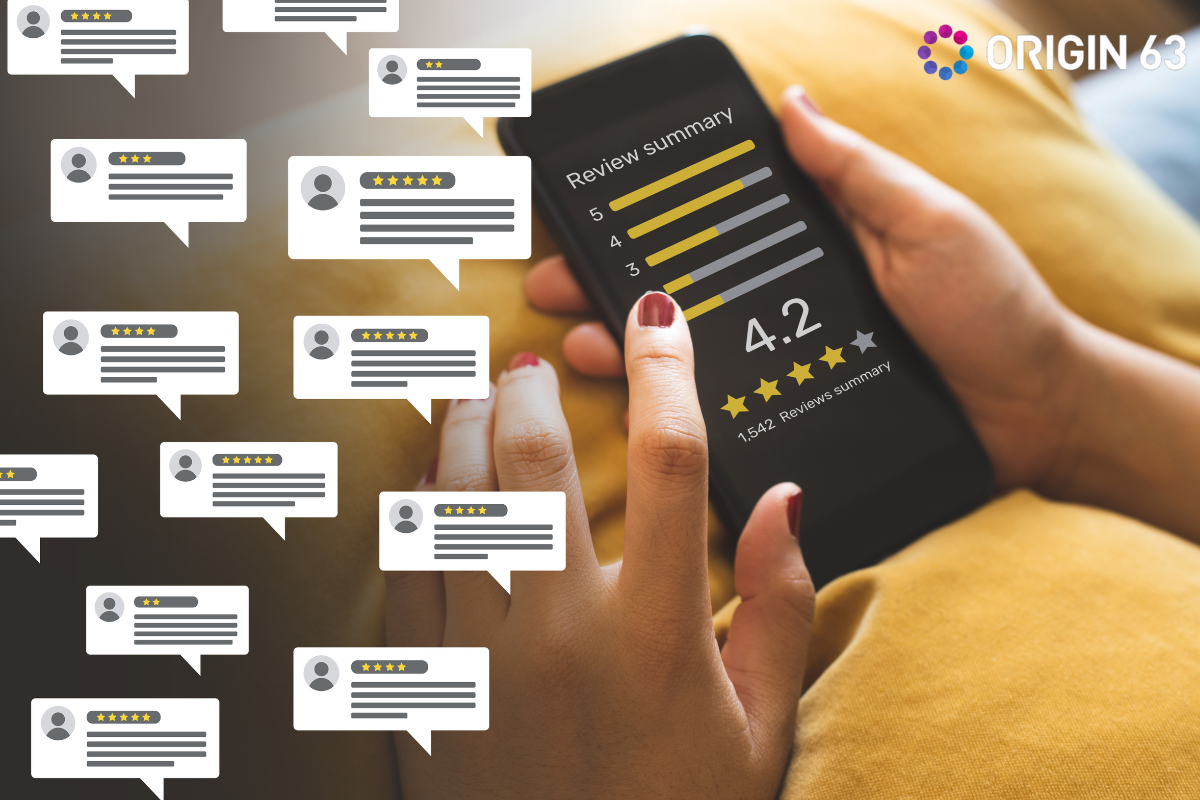
It's much easier to upsell customers when they already have a positive experience and view your brand favorably. That's why any interaction where the customer expresses satisfaction, excitement, or overarching positive sentiment creates an ideal opportunity for an upsell.
Let's say a customer leaves a glowing review about how much they love your product and how it improved their workflow. You could then reach back out and upsell them on premium add-ons, an upgraded subscription, or companion products/services to achieve even better results.
During Live Chat Sessions
During these sessions, a customer engages with your support team about an existing issue or purchase.
The dialog is already open, so you can naturally suggest an upsell based on the conversation. For example, if they're struggling with a limitation of your basic software version, you could recommend upgrading to the premium tier that doesn't have that limitation.
Post-Support Ticket Resolution
After you resolve a support issue, the customer is left with a positive sentiment and fresh awareness of your brand's value. It’s a great time to explore relevant upsell options that could further enhance their experience.
An upsell doesn't come across as aggressive with the customer in this favorable state of mind. Rather, they may see your brand going the extra mile to add more value to their experience. There’s goodwill from the service you just provided.
3. Balancing Timing and Customer Experience with A/B Testing
The goal is to strike a balance — time your upsell attempts when customers are most receptive but avoid being overly pushy or intrusive. Make sure the offer is truly relevant and adds value to their situation.
Since timing can significantly impact upsell success rates, it's wise to A/B test different timing strategies.
Experiment with offering during different interaction points and measure which approaches yield the best revenue uplift when balanced against customer satisfaction metrics.
Continuously optimize your timing based on real user data and feedback. What works for one business may not be ideal for your specific customer base and sales cycle.
Crafting Compelling Upsell Offers
Even if you’ve nailed the timing, an irrelevant or poorly constructed upsell offer will likely fall flat. You need to consider making your upsell offers genuinely compelling to customers.
1. Aligning Offers with Customer Goals
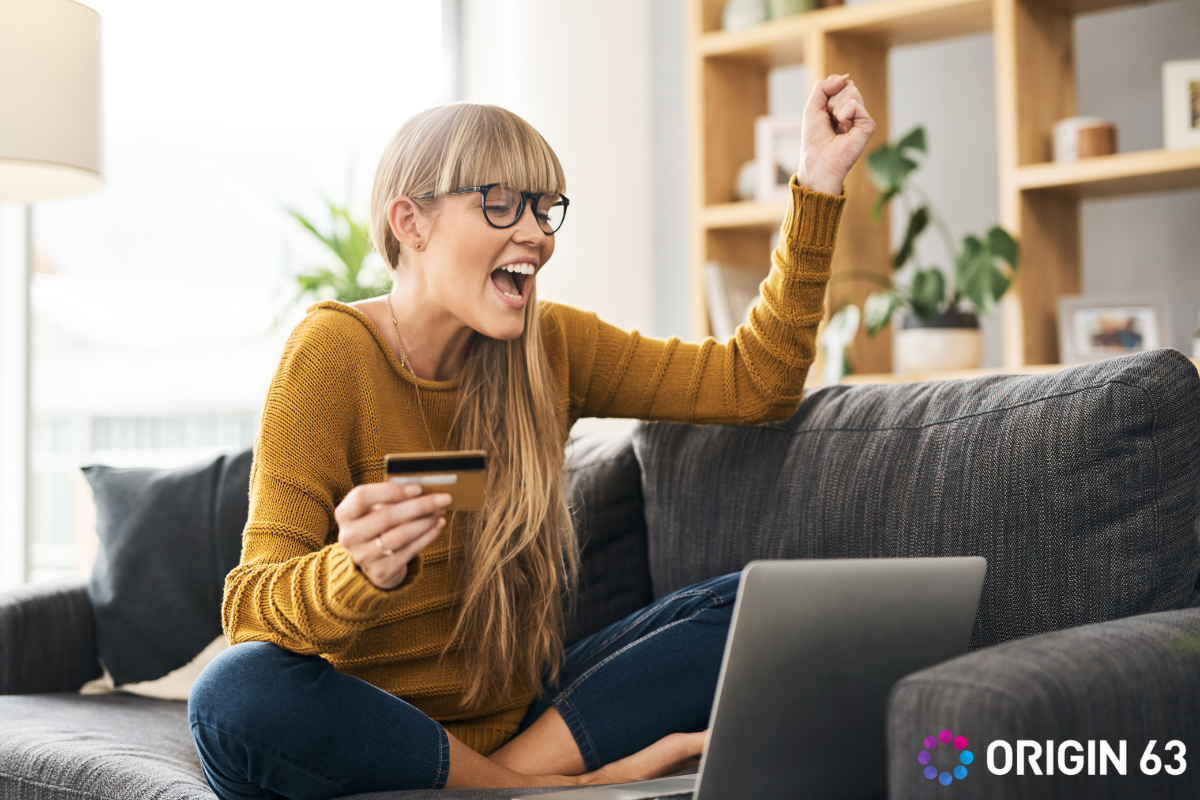
The golden rule is that your upsell offers should align with and help customers achieve their goals related to your product/service. Don't just try to sell them more for more's sake. There has to be a clear connection to their desired outcome.
For example, if a customer purchases CRM software to streamline their workflow, upselling them on training for advanced functionality ladders up to that same goal of maximizing efficiency and productivity.
In this case, the upsell extends their ability to realize the bigger "job" they hired your product to do. It's purpose-built toward fulfilling their end objective more completely.
2. Communicating Value Propositions Clearly
Whatever you're upselling, articulate the value proposition clearly and concisely. Highlight the key benefits and how the upsell will improve the customer's experience in a tangible way they can appreciate.
For instance, instead of just listing out added features, emphasize how those additional capabilities allow them to be more productive, reduce hassles, or accomplish something they've wanted but couldn't before.
3. Incentivizing Upsells with Discounts or Additional Benefits
While customers expect to pay more for premium versions or add-ons, you can offer incentives like bundle discounts, limited-time pricing, free extras or bonuses, or loyalty rewards points.
These deals provide an extra nudge and make the upsell even more enticing on top of the core value proposition.
Training Customer Support Teams
Your customer support staff are on the front lines, interacting daily with customers. This makes them critical for executing an effective upsell strategy during those key moments.
1. Upselling Techniques for Support Representatives
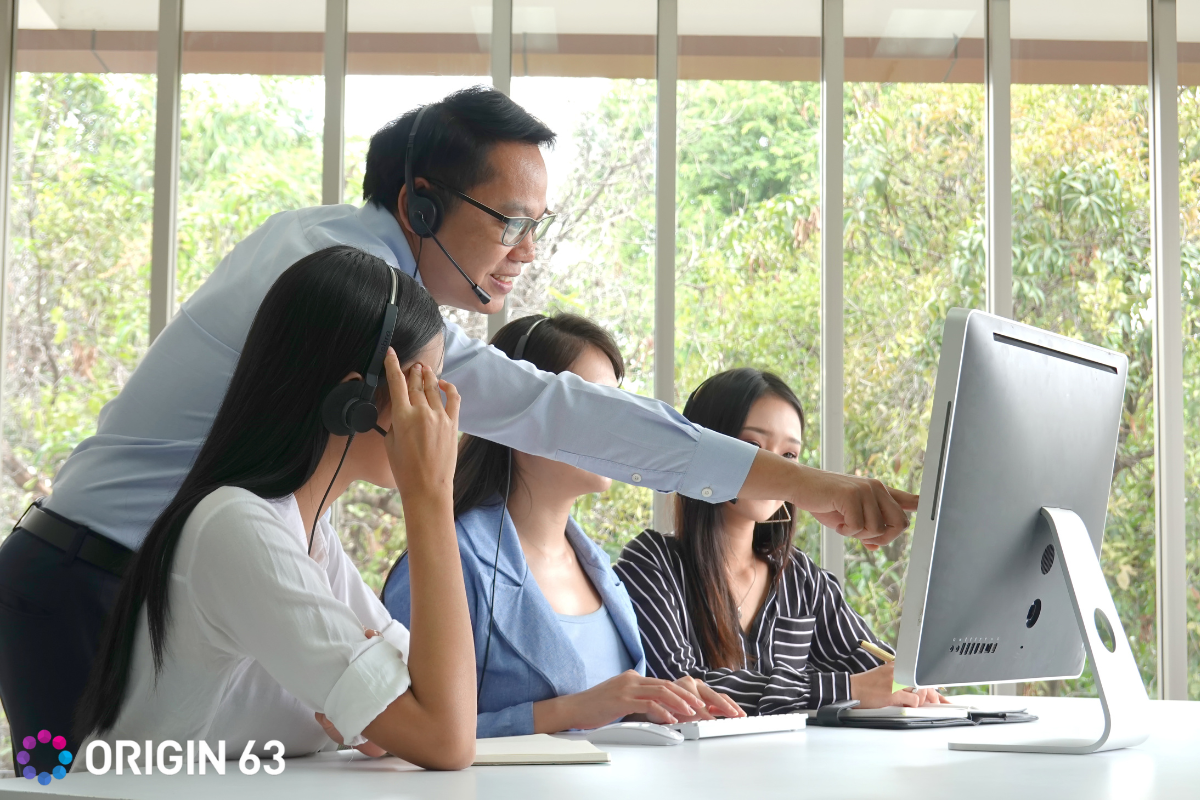
Provide training on specific upselling techniques that support reps can utilize. Role-playing and scripts can help reps master these approaches.
Here are some techniques reps can use:
The Alternative Close
Offer an upsell as an alternative to the customer's original request.
Imagine a customer contacts support asking how to export data from your CRM into a certain format. Instead of just explaining the export process, the rep could say:
"Instead of dealing with manual exports, an even better solution would be to upgrade to our Premium Analytics add-on. It integrates seamlessly with your CRM and can automatically generate those formatted reports you need. No more exporting required."
Next Best Offer
Suggest a higher tier or upgraded version as the next best solution.
For example, a customer purchases the basic version of your online backup service. After completing the purchase, the rep could say:
"Since you'll be trusting us with your critical data backups, you may want to consider upgrading to our Plus or Premium plan tiers. They offer much more storage, faster restore speeds, and additional security features to ensure your backups are comprehensively protected."
Add-On Recommendations
Identify complementary products/services based on the customer's current issue or purchase.
For instance, a customer purchases accounting software from you. After the sale, the rep could recommend:
"Since you mentioned wanting to get payroll under control too, I'd also recommend looking into our integrated payroll processing add-on. It syncs seamlessly with the accounting platform and automates calculating withholdings, cutting checks, and filing taxes."
2. Building Product Knowledge among Support Staff
In-depth product knowledge is essential so reps can make relevant, on-point upsell recommendations that actually solve customer problems or augment their experience.
Conduct regular product training, provide documentation, and ensure reps have access to the most current information.
3. Handling Objections and Balancing Upsell Intent
Reps also need training on navigating objections and skepticism toward upsells professionally. The key is balancing promotional intent with a genuine customer support mindset.
The focus should always be on creating a great customer experience first. Reps shouldn't force an upsell if it doesn't make sense in a particular situation. But when timed and positioned properly, an upsell can absolutely enhance the customer's experience.
Provide constant coaching, feedback, and optimization to strike this balance effectively across all your customer support staff. Doing so will ensure your team represents your brand well while driving revenue.
Upselling Done Right Builds Value and Loyalty
Upselling is a powerful revenue growth strategy, but only when implemented thoughtfully and with the customer's best interests in mind.
By deeply understanding your customers' needs, timing your upsell attempts perfectly, crafting compelling offers, and thoroughly training your support team, you can increase average order values while boosting customer satisfaction.
Always provide genuine value-adds that align with each customer's goals and journey with your brand. Don't just try to make an extra buck — focus on improving their experience through relevant upsells.
When the strategy is right, upselling creates a win-win situation that drives more revenue and builds long-term customer loyalty.
Optimize Your Upsell Strategy with a HubSpot Expert
Could your upsell motions use some optimization? As a leading HubSpot solutions partner, Origin 63 can help take your upsell capabilities to the next level by utilizing HubSpot's full suite of tools.
Don't leave revenue on the table with ineffective upsell strategies. Partner with Origin 63 to unlock the full potential of upselling and drive more profit from your existing customer base.
Contact our team to learn more about how Origin 63 can facilitate your customer support transformation.

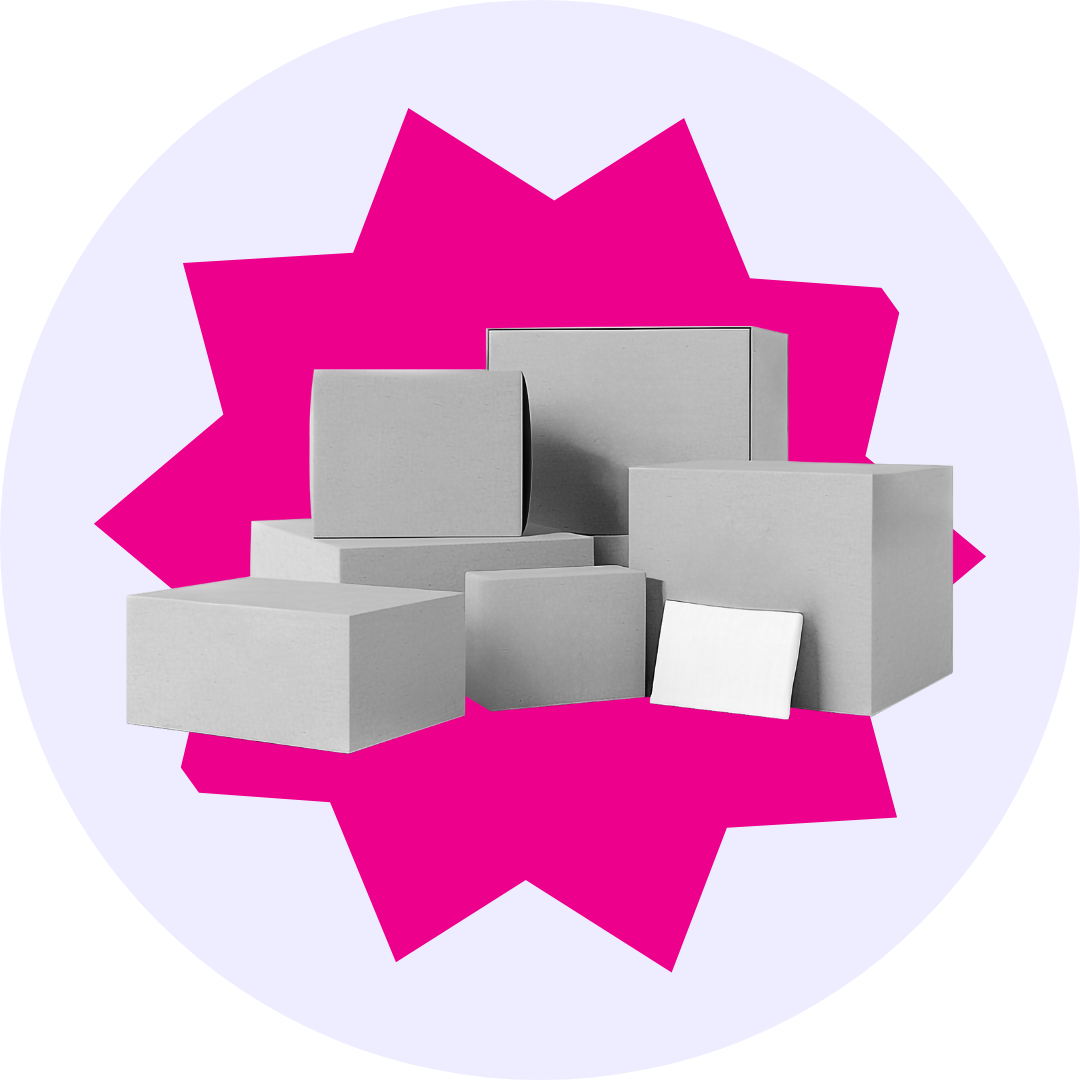

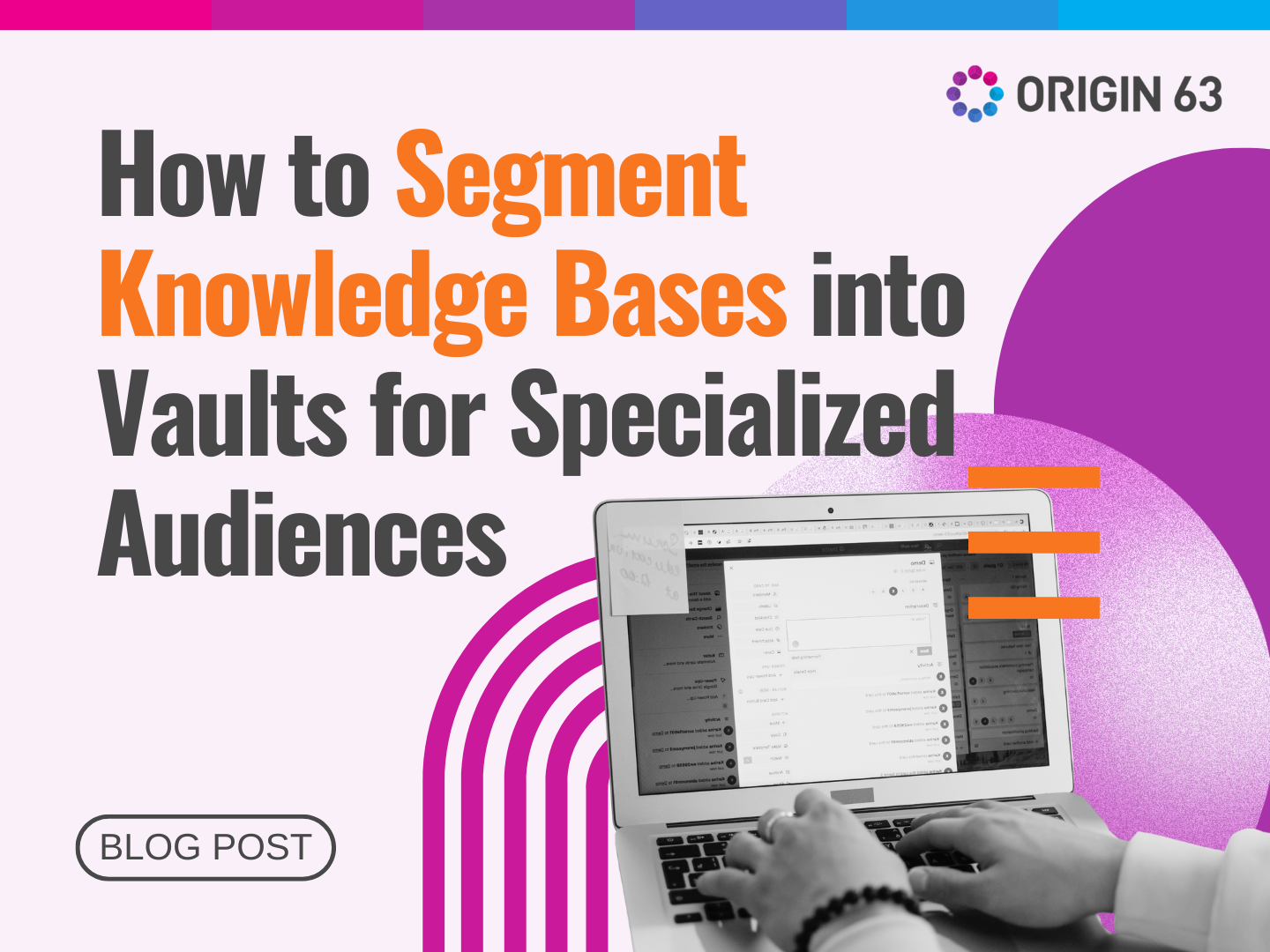
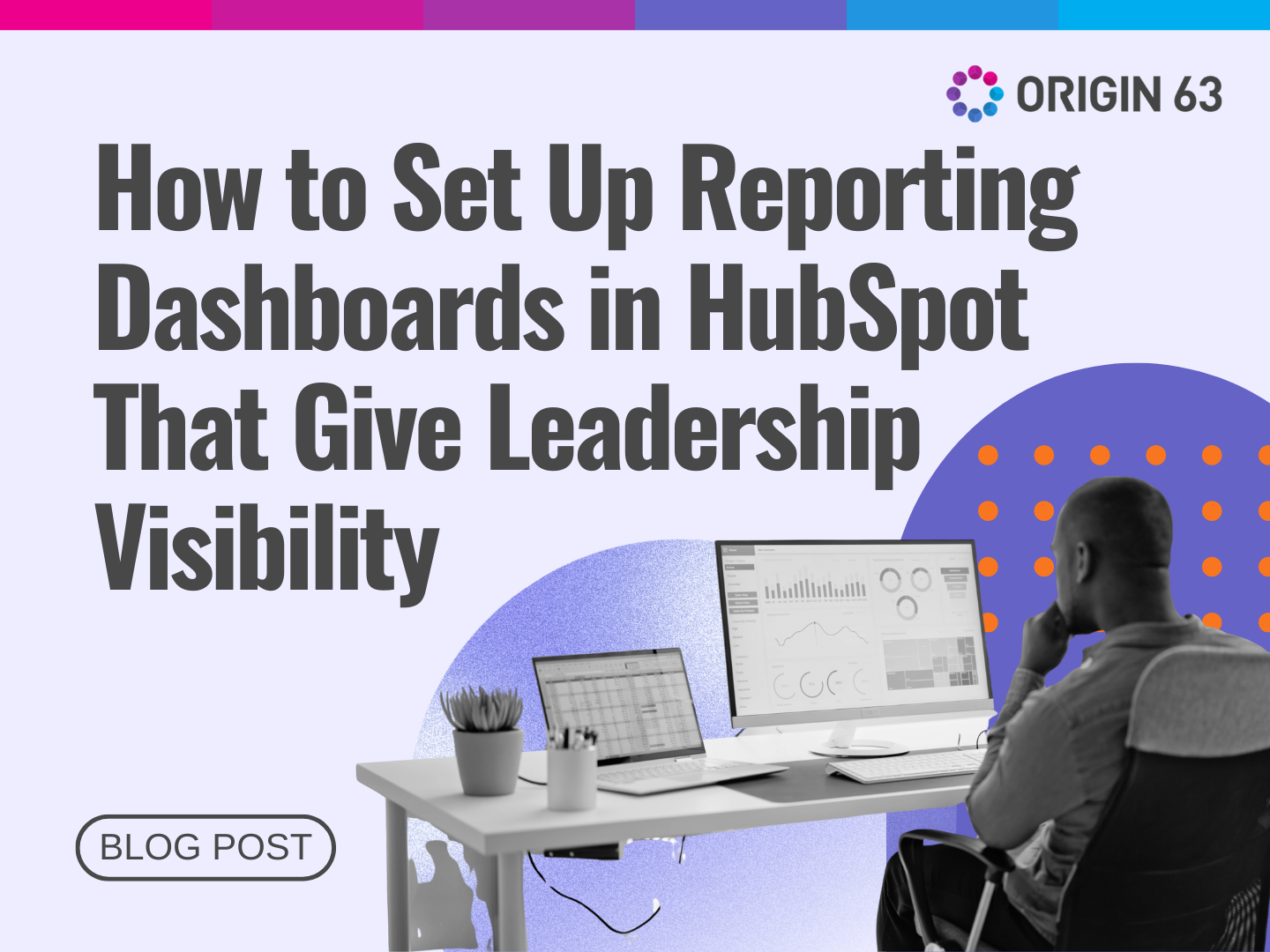
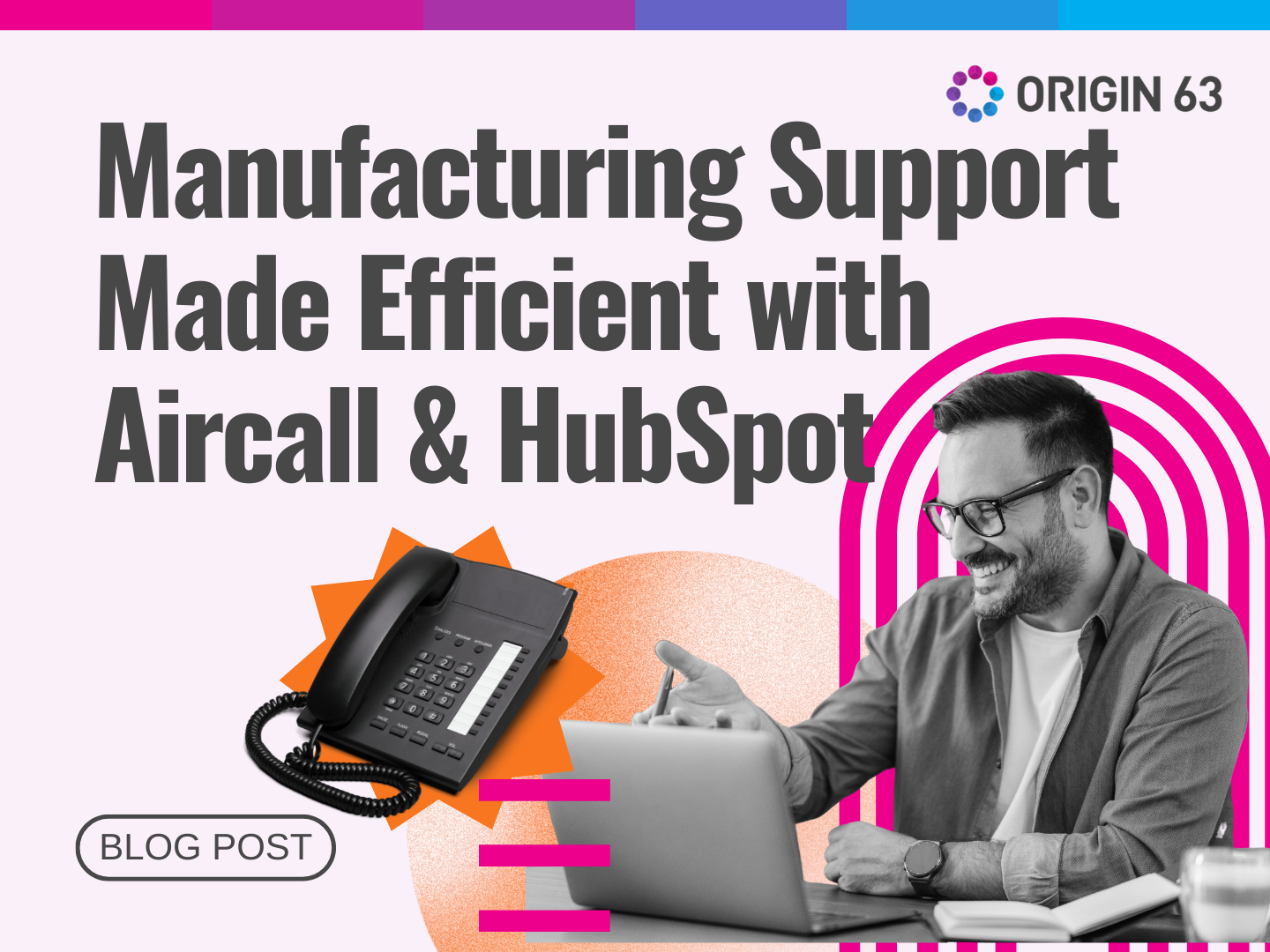
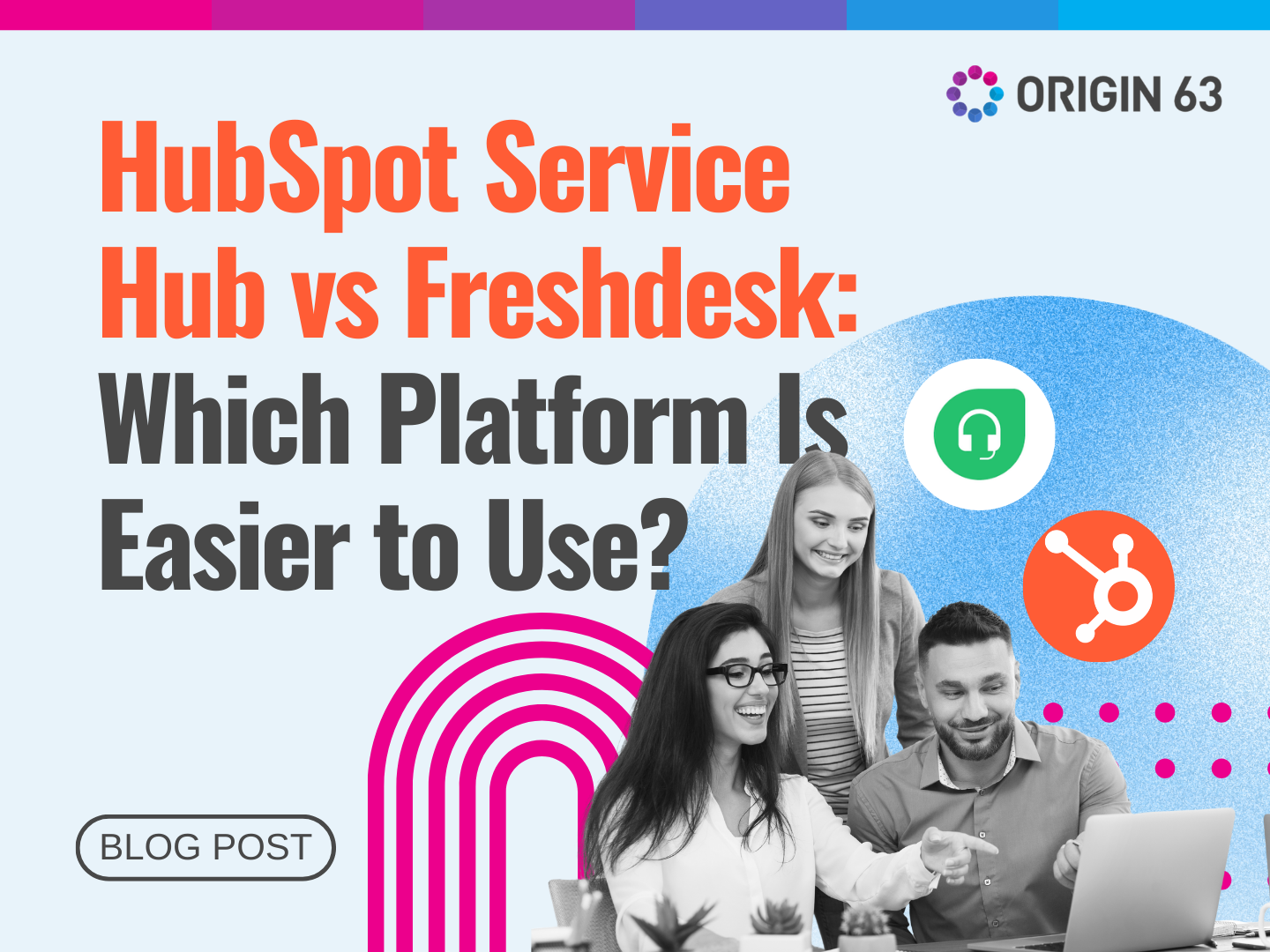






.png?width=90&height=90&name=Arrows%20Partner%20Badge-test%20(1).png)

